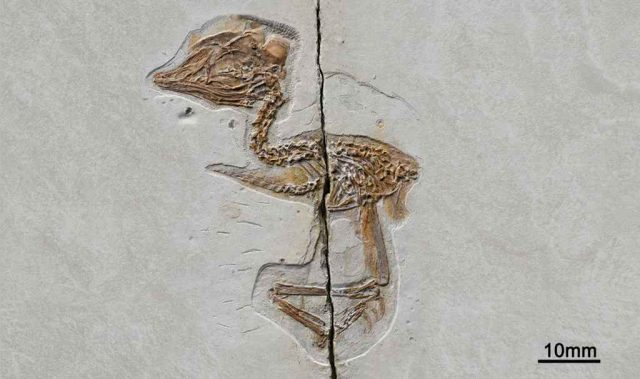
AsianScientist (Nov. 6, 2015) – According to a study published in PLOS ONE, one reason that palms have survived so well in shady environments is that they are extremely efficient at converting whatever sunlight they do capture into carbon.
Most palm species occur in the shaded lower strata of tropical rainforests. It appears that palms have shade-tolerant traits supporting not only both alternative views of the carbon gain hypothesis (shade tolerance as the maximization of net carbon gain in low light) but also the stress tolerance hypothesis (shade tolerance as maximization of the resistance to biotic and abiotic stresses). However, how the functional traits of palms relate to shade adaptation is poorly understood.
To address this question, researchers from Plant Eco-physiology Group of Xishuangbanna Tropical Botanical Garden (XTBG) conducted a study in the palm collection of XTBG to characterize the carbon and nutrient economy in the context of phylogenetic relationships across the palm family. They hypothesized that palms were adapted to the shade of their native habitats by convergent evolution towards high net carbon gain efficiency.
The researchers measured leaf traits of 80 palm species from 78 genera in the common garden and compiled leaf economics spectrum (LES) of 30 additional palm species from previous field studies. They compared their palm dataset (common garden and field palms) with the global LES dataset containing a broad range of plant species from native habitats, and with datasets containing only dicotyledonous broad-leaved trees of tropical rain forests, or other monocotyledonous species. This data allowed them to determine whether palms had their own distinct leaf traits that would facilitate their adaptation to shade.
They found strong evidence that palms had high net gain efficiency, a convergent evolutionary strategy that allowed palms to adapt to shade habitats. By comparing the common garden palms with other monocotyledonous species, they found that high net carbon gain efficiency, high leaf phosphorous concentration and low dark respiration were characteristic for palms only, and not a generic monocot phenomenon.
The article can be found at: Ma et al. (2015) Convergent Evolution towards High Net Carbon Gain Efficiency Contributes to the Shade Tolerance of Palms (Arecaceae).
———
Source: Chinese Academy of Sciences.
Disclaimer: This article does not necessarily reflect the views of AsianScientist or its staff.












